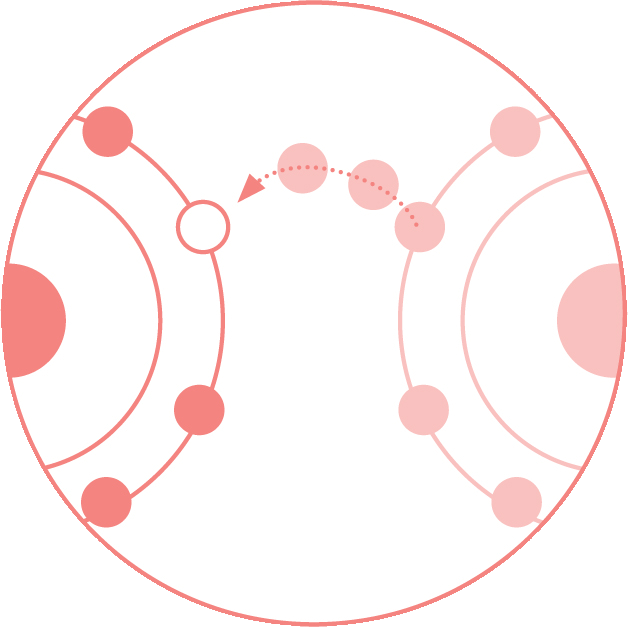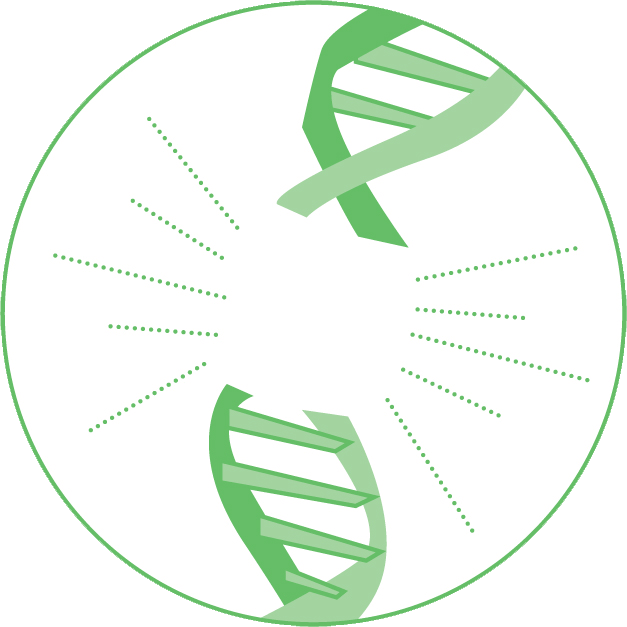
Experts agree that lifestyles play a significant part in how quickly – or how slowly – we age.

Experts are beginning to reach a consensus on why we age and we’re closer than ever to understanding the mechanisms involved. This knowledge is crucial for understanding what causes many of the health problems commonly seen in later life.
Fortunately, the idea that ageing is programmed into us at a genetic level – such that we can’t do anything about it – is outdated. Instead, many theories seem to support the idea that cell damage is central to the ageing process.
The longer we live, the more damage our cells suffer simply because they have been working for a longer time. As a result of this damage, our organs and tissues begin to function less effectively, until eventually they stop working. Cell damage, loss, or change seems to be an inevitable part of ageing, but our lifestyle probably has a role to play in both the process and the speed at which it occurs.

Experts agree that lifestyles play a significant part in how quickly – or how slowly – we age.

By leading a healthy lifestyle, our cells should only need to perform their normal functions and not go beyond the call of duty, thereby wearing themselves out. If you constantly race and neglect a car, it will deteriorate far quicker than if you drive sensibly and maintain it; the body is the same.
Scientists have reduced hundreds of theories of ageing to just a few significant ones that all support each other. We don’t yet know definitively what causes cell damage, but we are closer to understanding the underlying mechanisms. There are now four dominant theories aiming to explain age-related damage to cells and to DNA.
1 AGEs FORMATION
AGEs (advanced glycation end-products) form in the body when sugars combine with proteins. AGEs stick to other proteins, forming cross links that stiffen the proteins so they no longer function normally and damage surrounding cells. Studies show this process may be responsible for everything from wrinkles to Alzheimer’s. AGEs are also found in sugary foods, red and processed meat, and chargrilled foods.

2 FREE RADICALS
Free radicals are unstable atoms produced naturally from body functions such as breathing and digestion. Most are neutralized by antioxidants, but any that escape can cause oxidative damage to DNA, proteins, and mitochondria (the “batteries” of our cells). Free radicals also come from external factors such as pollution, tobacco, drugs, alcohol, stress, and a poor diet that’s high in unhealthy fats and sugars.

3 DNA DAMAGE
Mistakes in replication and factors, such as toxins and free radicals, cause damage to DNA, and this may also contribute to the ageing process. DNA damage happens in every cell of our body thousands of times a day, and we have evolved an armoury of repair mechanisms to cope. Not all damage is corrected, however, and this results in mutations that amass with age, until cells malfunction and die.

4 TELOMERE SHORTENING
Telomeres are caps on the ends of chromosomes (coiled molecules of DNA), which stop DNA unravelling. Telomeres shorten each time a cell divides, until they get so short the cells can’t replicate and may die off or no longer be capable of repair – factors that contribute to ageing. More research is needed, but it’s becoming clear that bad habits, such as poor diet, seem to speed up this telomere shortening.
